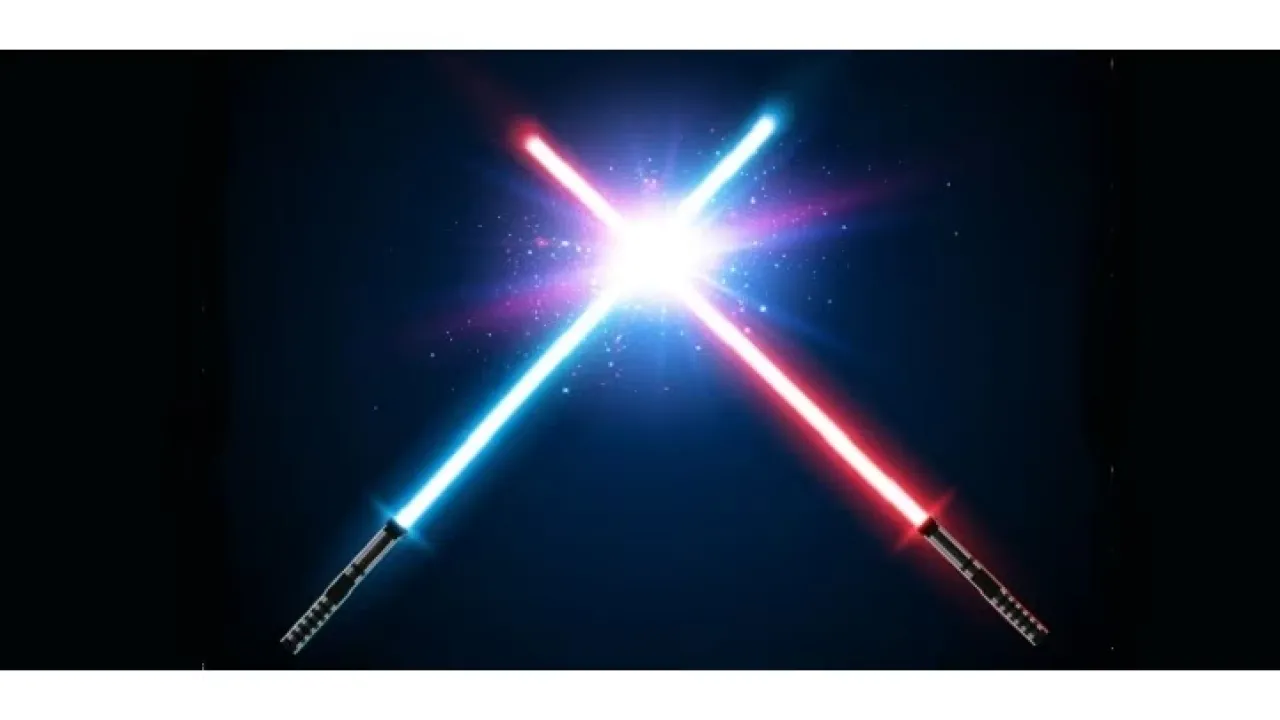
Standing the test of time with a perfect partner
Identifying the ideal co-catalyst can significantly extend the working lifetime of solar fuel–generating photocatalysts.
About
The key to efficiently harvesting energy from sunlight could be to find the right combinations of light-capturing materials. Researchers at KAUST have discovered that a form of iron oxide makes an excellent co-catalyst for a promising photocatalytic material called gallium nitride.
Finding photocatalysts that can efficiently use sunlight to produce clean hydrogen fuel from water is one of the most sought-after applications of solar energy. "Nitrides can absorb most of the energy in the solar spectrum, but gallium nitride is a flawed water splitting photocatalyst," says Martin Velazquez-Rizo, a Ph.D. student in the labs of Kazuhiro Ohkawa, who led the current research.
“When GaN is used as a photocatalyst, the material is quickly damaged by photocorrosion, which impedes its implementation in industrial applications,” Velazquez-Rizo says. Photocorrosion damage was visible after just two hours of photoelectrochemical hydrogen production, the team showed.
To test the possibility of extending the gallium nitride photocatalyst’s working lifetime, the researchers tried combining it with an iron oxide. “Fe2O3 is a well-known material in the catalysis area because of its optical and electronic properties and for its capacity to operate in harsh environments,” says Velazquez-Rizo. “We anticipated that, under the right conditions, Fe2O3 could suppress the photocorrosion of GaN photocatalysts without diminishing their photoabsorption capabilities.”
Read the full article

